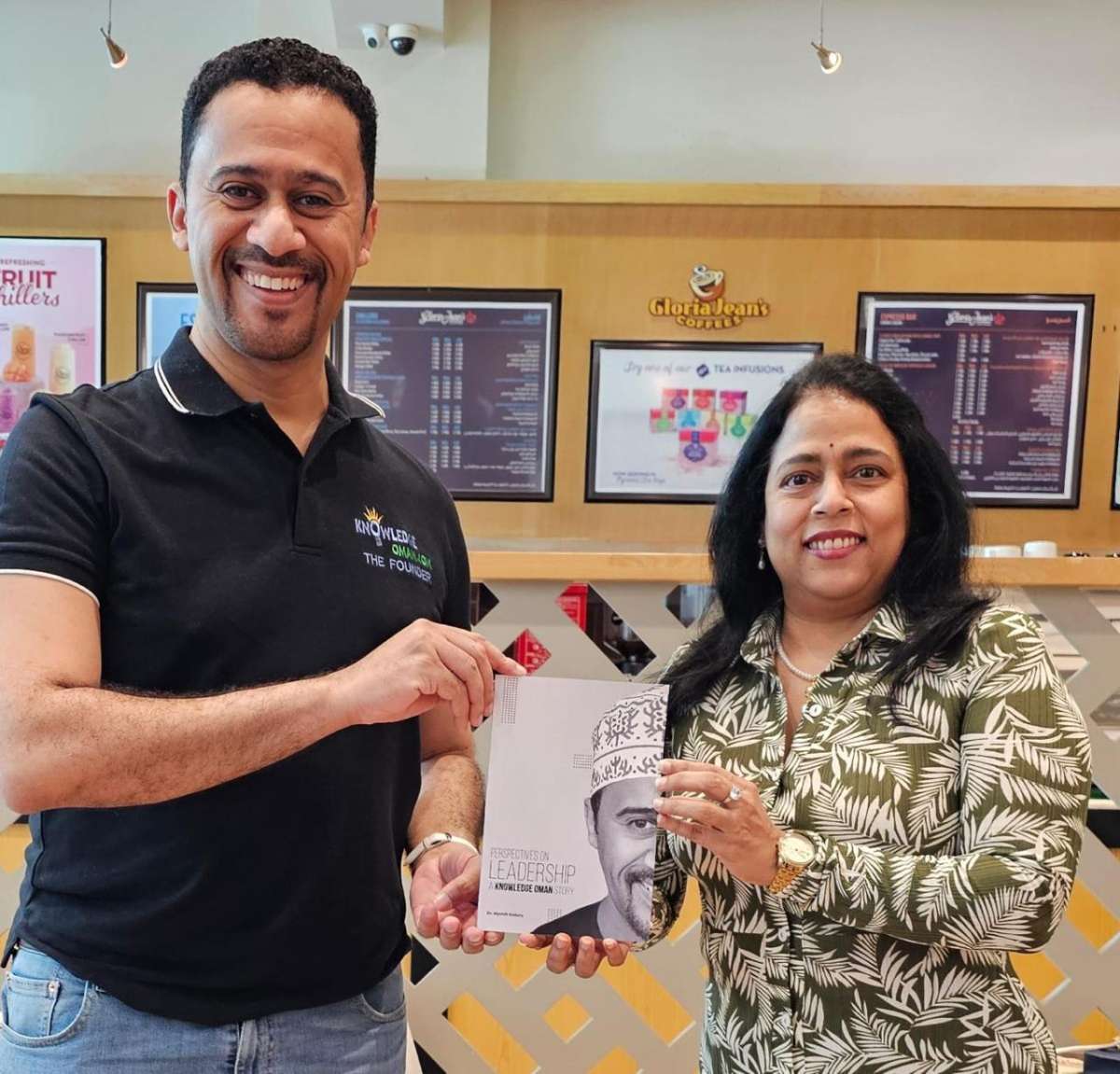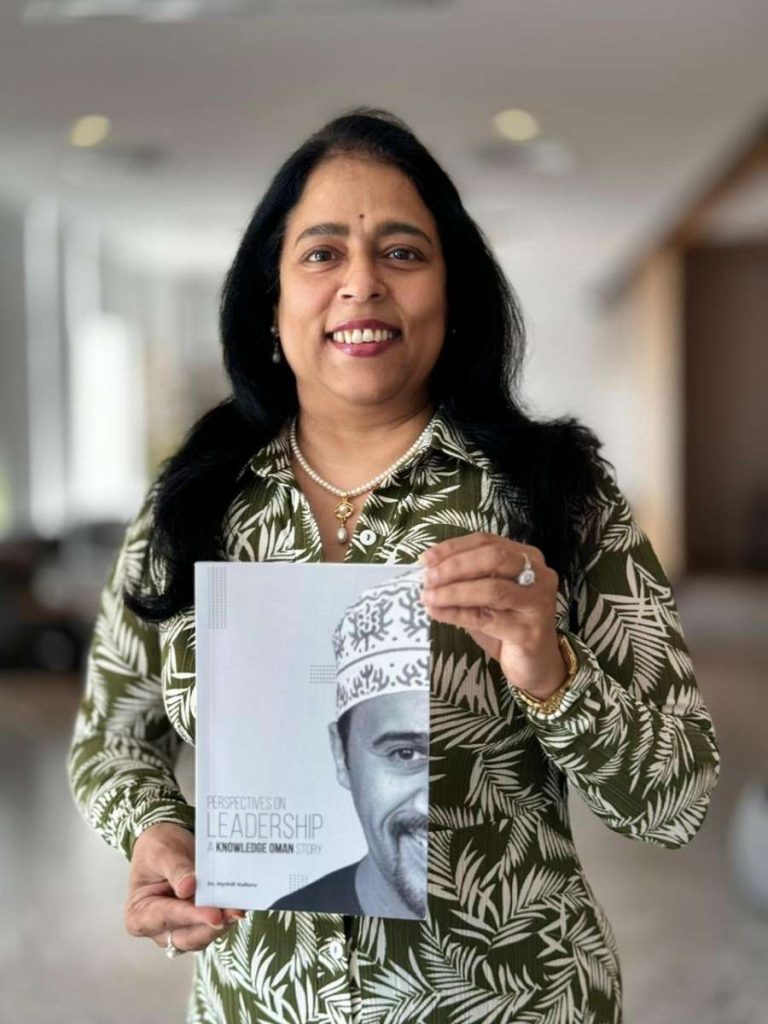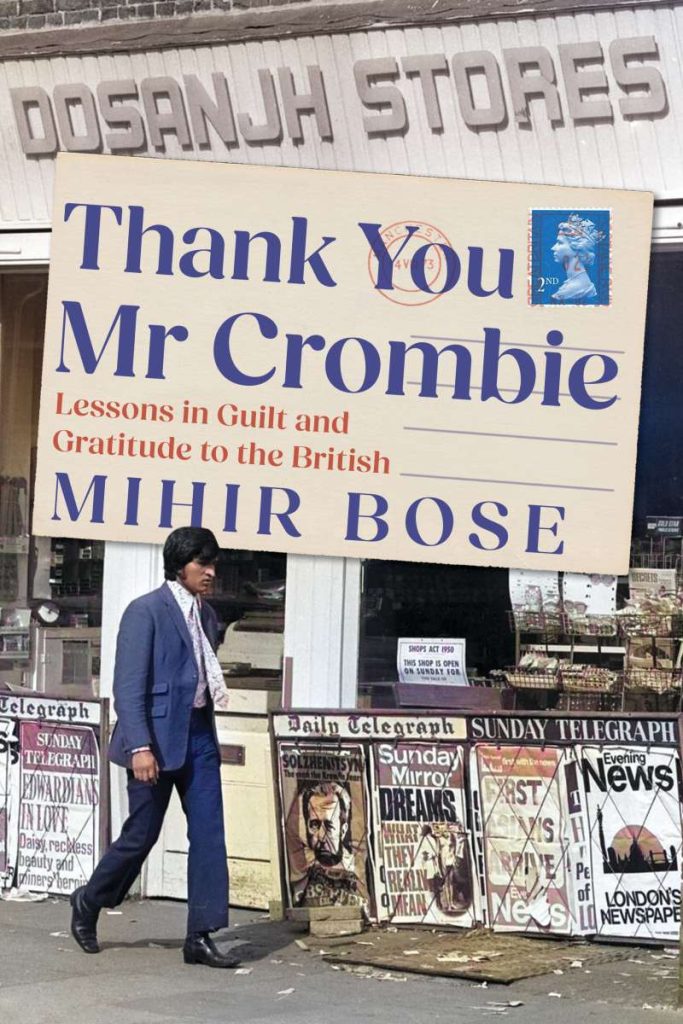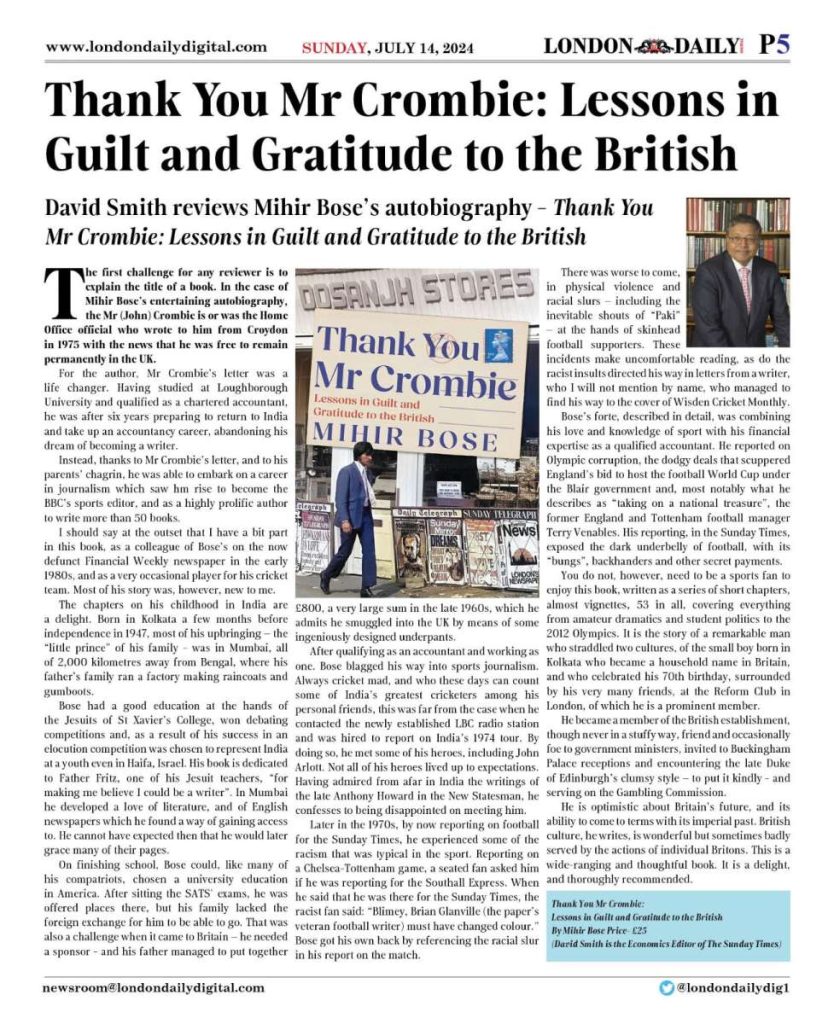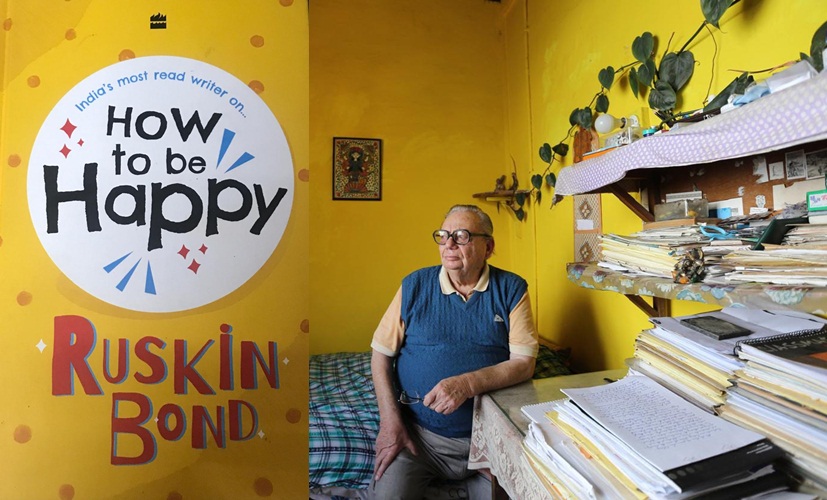Regina shared her train of thoughts and what sailed her through this apparent discouragement to make a mark in this tradition of fine art “that was already brimming with incredibly talented and persistent painters.” …writes Kavya Dubey
Drawing from traditional ancient Chinese philosophies, Regina Linke, a Taiwanese-American artist specialising in gongbi style painting, tells (and depicts) the parable of ‘The Oxherd Boy’ (Penguin), who seeks to find joy in the mundane.
Gongbi is an ancient form of brush painting that illustrates narrative subjects in intricate and colourful detail. Although naturally drawn to this art form, Regina did not dive into it headfirst until her teacher’s remark when she was young: “You’ll never be a great gongbi artist.”
Regina shared her train of thoughts and what sailed her through this apparent discouragement to make a mark in this tradition of fine art “that was already brimming with incredibly talented and persistent painters.”
“What pulled me through this challenge was exploring and trying to understand why my teacher felt this way. When I looked more closely, I realised that becoming a ‘great gongbi artist’ wasn’t my purpose at all,” she said.
“I didn’t want to spend every waking hour perfecting my linework or dedicate years to a handful of works to be enjoyed by few collectors. I would rather make many simple, charming works for everyday people to enjoy,” she explained.
“I’m not a great gongbi artist, but I am a creator that applies gongbi style illustration in a new way, and I’m very happy with that,” she made the admission.
However, when Regina’s teacher encouraged her to forge her own path with her background in Western composition and perspective, she knew that it was good advice.
“Culture is a funny thing. It’s very difficult to notice your own culture unless you get a chance to compare it with another, and explore a different way of being,” said Regina, who was born and grew up in the US to Taiwanese immigrants.
“So while I was raised with cultural Chinese values, I saw the world through a fairly American lens. I became very aware of this aspect of myself after I moved to Taiwan as a mom to a young son. I felt myself compelled to reflect on what I could teach him, and choose what traditions from which culture to pass on.”
Sharing about how she got a hold on the cultural nuances that prompted her to come up with a work like ‘The Oxherd Boy’, she chose to instil in her five-year-old son values from the three major teachings of traditional Chinese scholarship—Taoism, Buddhism, and Confucianism—through a little boy and his animal friends, “in a way that felt more approachable and applicable in the kind of world that my son is growing up in now.”
Regina’s maiden work certainly has had a bearing on her journey of parenthood.
“My son became very curious and also concerned about death when he was four,” she said, recounting an incident: “We were on a road trip through a very beautiful part of Taiwan, and he was sitting next to me, crying as he realised that some day, the people he knows and loves would no longer exist. No one ever warned me about little children having existential crises!”
While Regina has been familiar with various explanations and beliefs about the afterlife, she does not believe in any one of them very strongly.
“You could say that my parents encouraged the Confucian perspective that I would do better to try to live a life of goodness than worry about death. But that wouldn’t have helped my son at the time. So, I introduced him to the Buddhist teaching that life and death are one, that when conditions are just so, we experience life, and when conditions no longer support life, we experience death.”
She explained further: “If life is a wave coursing across the surface of the sea, death is simply the wave falling back into the ocean. This became a chat between the ox and the oxherd boy in the book, and remains the most relevant explanation that my son relies on today when he thinks of death and reincarnation. He might come to a different conclusion someday, and that’s alright.”
Such moments have been significant for Regina as they “have challenged me to reflect on my own understanding of the world. It’s one of the humbling parts about being a parent for me, realising that I don’t have all the answers, but I can explore the questions with him.”
‘The Oxherd Boy’ became the book Regina needed to create for herself. It was and continues to be an exercise of self-inquiry as “I unlearn and learn anew the things that I understand to be true,” she revealed.
Replete with quotable thoughts, a conversation in the book goes as such:
“It makes me sad when others don’t get their happily ever after,” the Rabbit grumbled; the oxherd boy said: “Maybe their happily ever after is the chance to begin again.”
With ‘The Oxherd Boy’ Regina Linke conveys the message that “life can be both honest and joyful through the daily work of love.”
ALSO READ-‘Perspectives on Leadership’ by Dr. Mythili Kolluru


